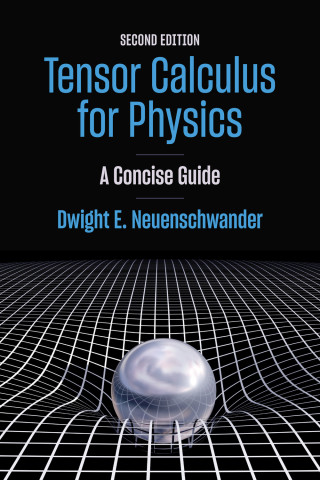
Reviews
This delightfully broad spectrum of 104 familiar situations, each one or two pages long, includes the terminal velocity of falling objects, fatal impacts during car wrecks, timing to find the distance of lightning strikes, investigating the size and power of binoculars, and the height of Earth's atmosphere... For the well-grounded physics enthusiast.
A physics educator's coffee-table book—a delightful and instructive accessory to an introductory physics course.
Physicists young and old should follow Fermi and Swartz and hone a competency for back-of-the-envelope physics.
An entertaining new book Back-of-the-Envelope Physics by Clifford Swartz nicely provides material to assist students (and teachers!) gain experience in handling real-world physics.
If the physical world is to make sense to students (or even to professional scientists), then it must be understandable on the basis of broadly applicable principles and simple communicable reasoning. Long, dry calculations alone will not do, for they are as devoid of insight as they are impenetrable. Here, however, is a book of wide-ranging and aptly chosen topics—each brief glimpse conveying its (sometimes surprising!) lesson in one page with a short, physically insightful, quantitative argument. This is a book that will help make the study of physics fun and relevant.
This book is a treasure trove of fascinating calculations covering a wide range of physical principles, distance scales, and numerical orders of magnitude. Everyone with some curiosity about the natural world, from novice students to seasoned veterans, will find a variety of interesting cases in this wonderful collection.
The book is fun to read. I look forward to mining it for examples with which to spice up my lectures.
Book Details
Preface
Note to the Reader: Units and Approximations
Chapter 1. Force and Pressure
Chapter 2. Mechanics and Rotation
Chapter 3. Sound and Waves
Chapter 4. Heat
Chapter 5. Optics
Chapter 6. Electricity
C
Preface
Note to the Reader: Units and Approximations
Chapter 1. Force and Pressure
Chapter 2. Mechanics and Rotation
Chapter 3. Sound and Waves
Chapter 4. Heat
Chapter 5. Optics
Chapter 6. Electricity
Chapter 7. Earth
Chapter 8. Astronomy
Chapter 9. Atoms and Molecules
Chapter 10. Particles and Quanta






